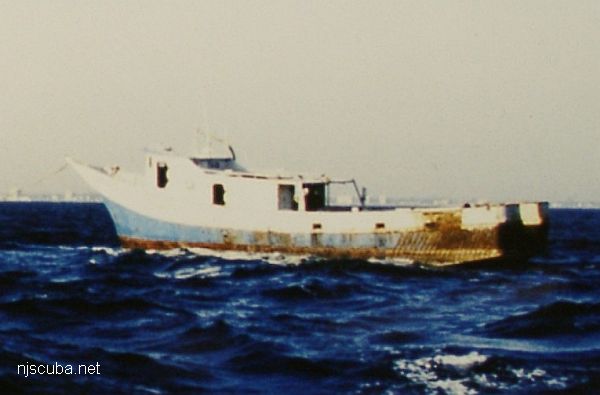
- Type:
- artificial reef, trawler
- Specs:
- ( 62 ft )
- Sponsor:
- Bob Henry
- Sunk:
- Friday December 19, 1997 - Sea Girt Artificial Reef
- GPS:
- 40°08.005' -73°56.025'
More: Restorer ...

There are three basic types of commercial fishing vessels found in the Mid-Atlantic region: trawlers, seiners/gill-netters, and long-liners. A trawler or "dragger" operates by towing its fishing gear across the bottom. Weighted nets take bottom fishes, while cage-like steel dredges take clams and scallops. A seiner uses a floating net to encircle schools of surface-swimming fishes such as herring and tuna. A long-liner sets out miles of buoyed line with baited hooks to catch sharks, tuna, and swordfish. One could also add lobster boats and charter fishing or "head" boats to this list. And of course, dive boats.
More: Fishing Vessels ...

More: Restorer ...
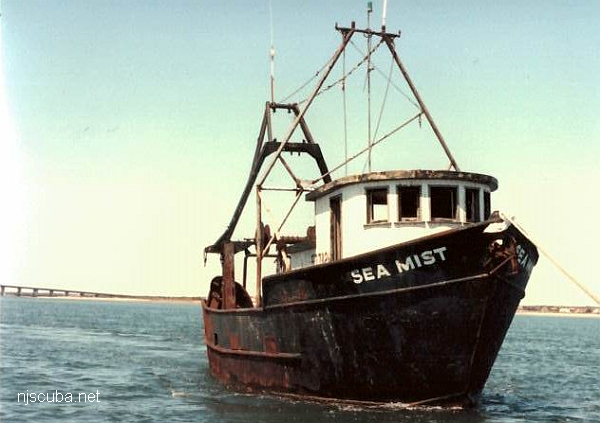
More: Sea Mist ...
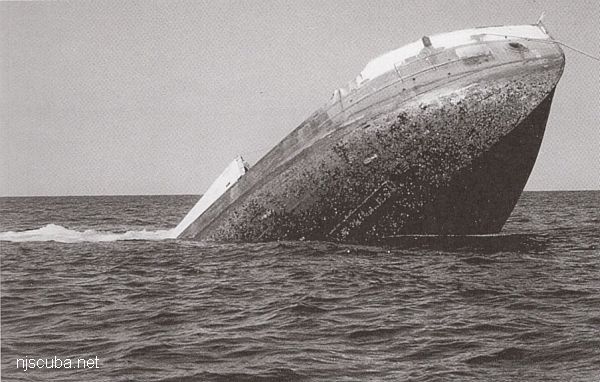
More: Sea Transporter YF-879 ...
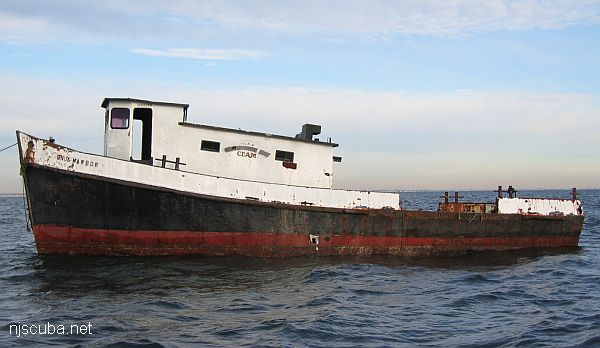
More: Snug Harbor ...

More: Socatean ...
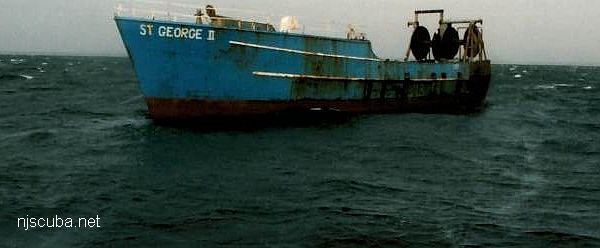
More: St George II ...

More: Storm ...

The Susan Rose is a secret reef, sunk with no public notice or announcement. It will no doubt be used for another "period of successional development and monitoring" like the Carrabassett since 2024 and the New England Coast since 2023. Here is the NJDEP contact form if you would like to inquire about the progress of these studies:
More: Susan Rose ...
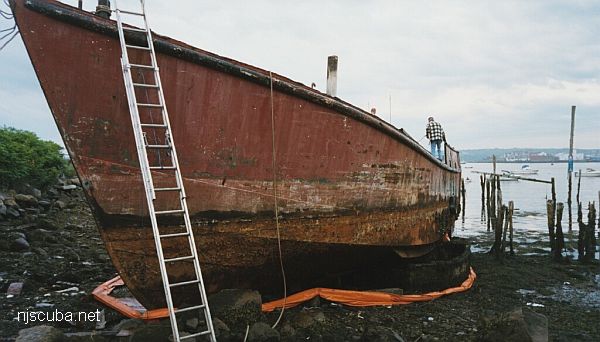
More: Two Friends ...
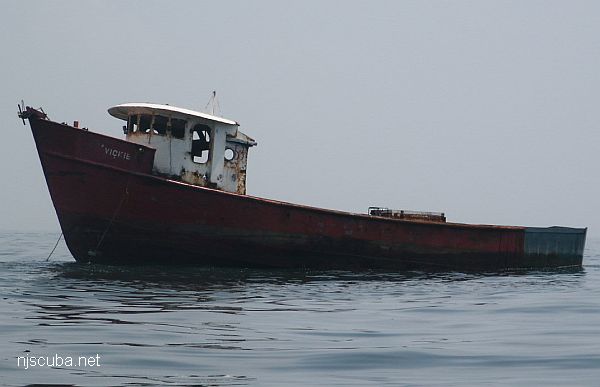
More: Vickie ...